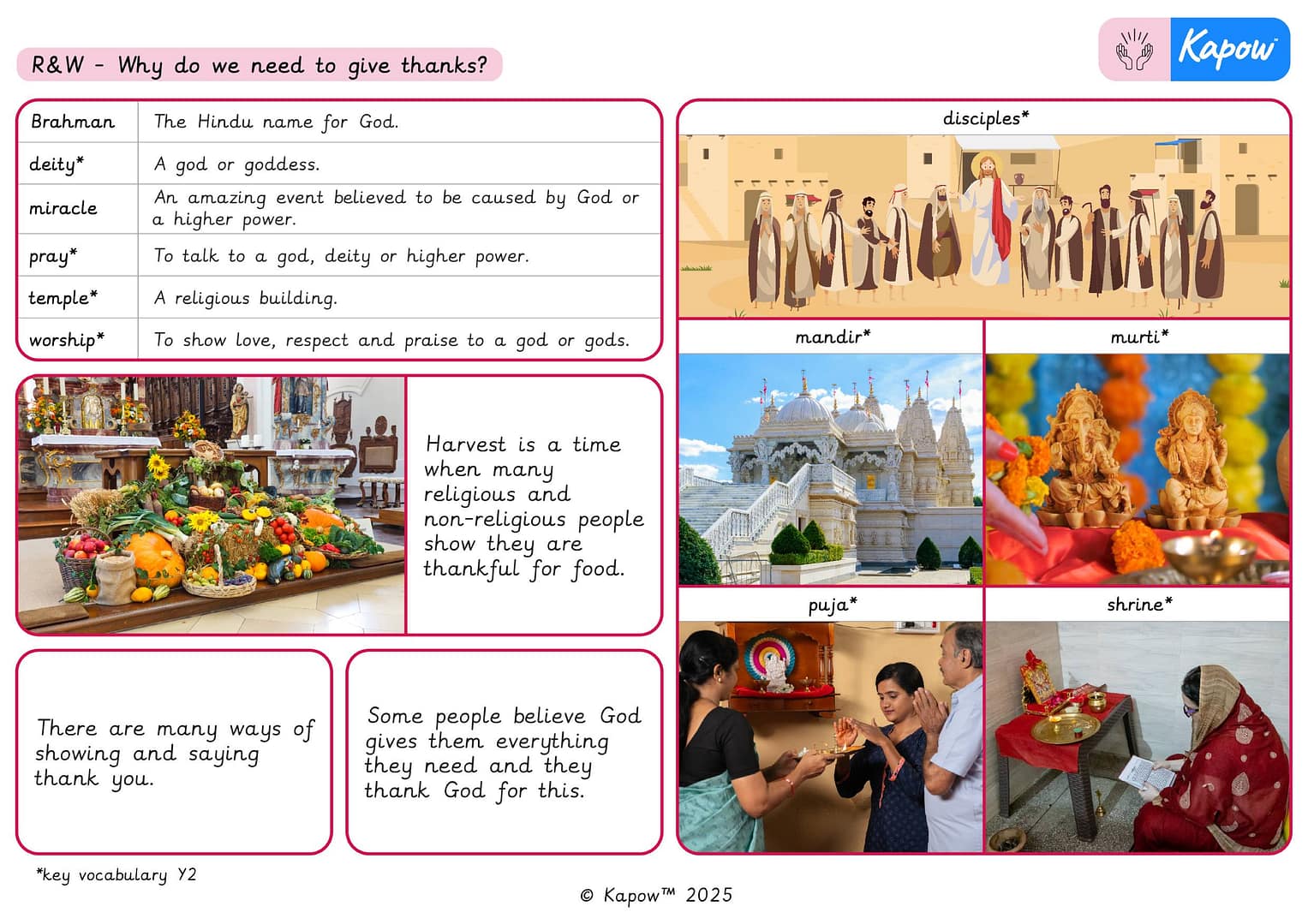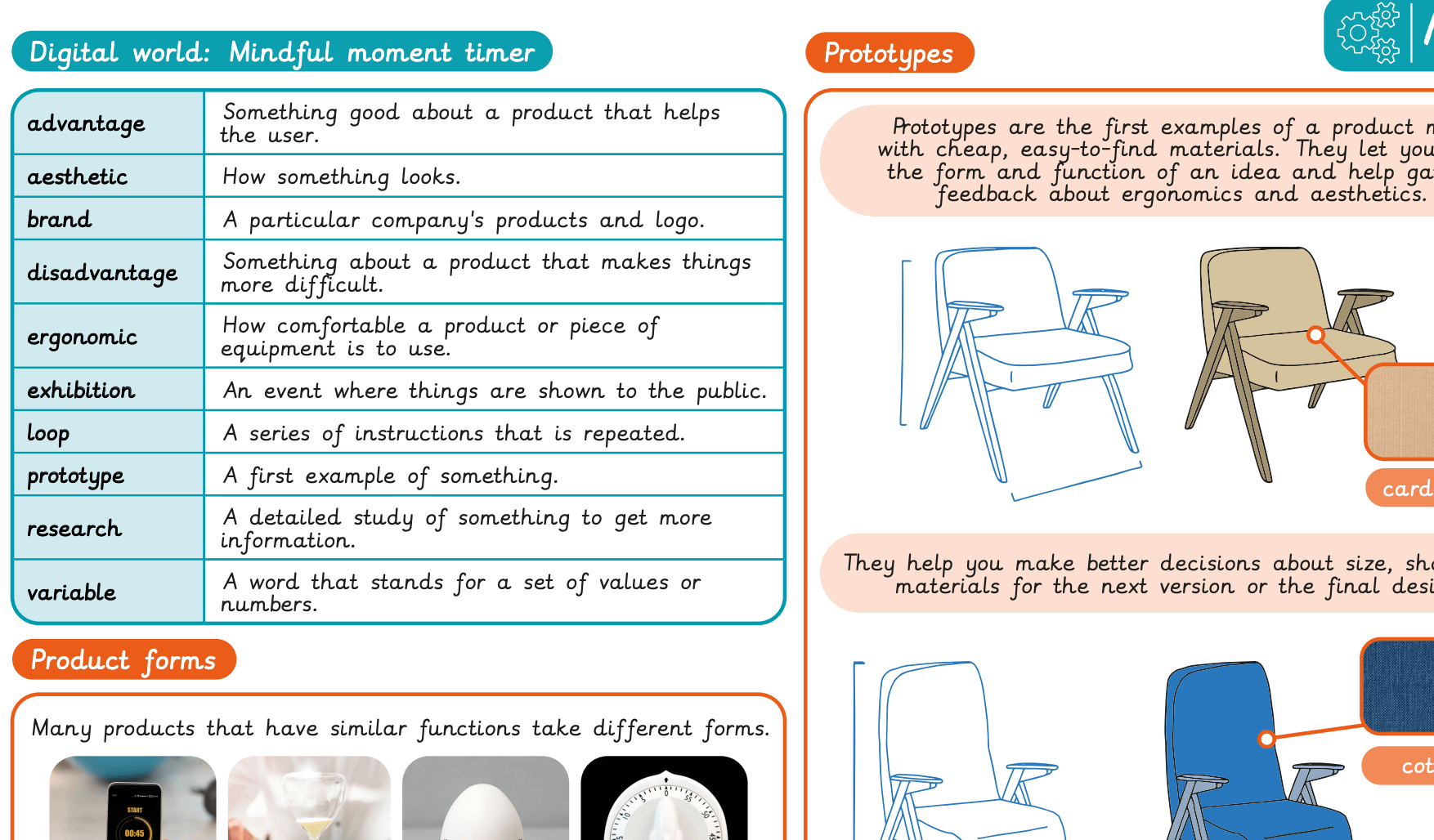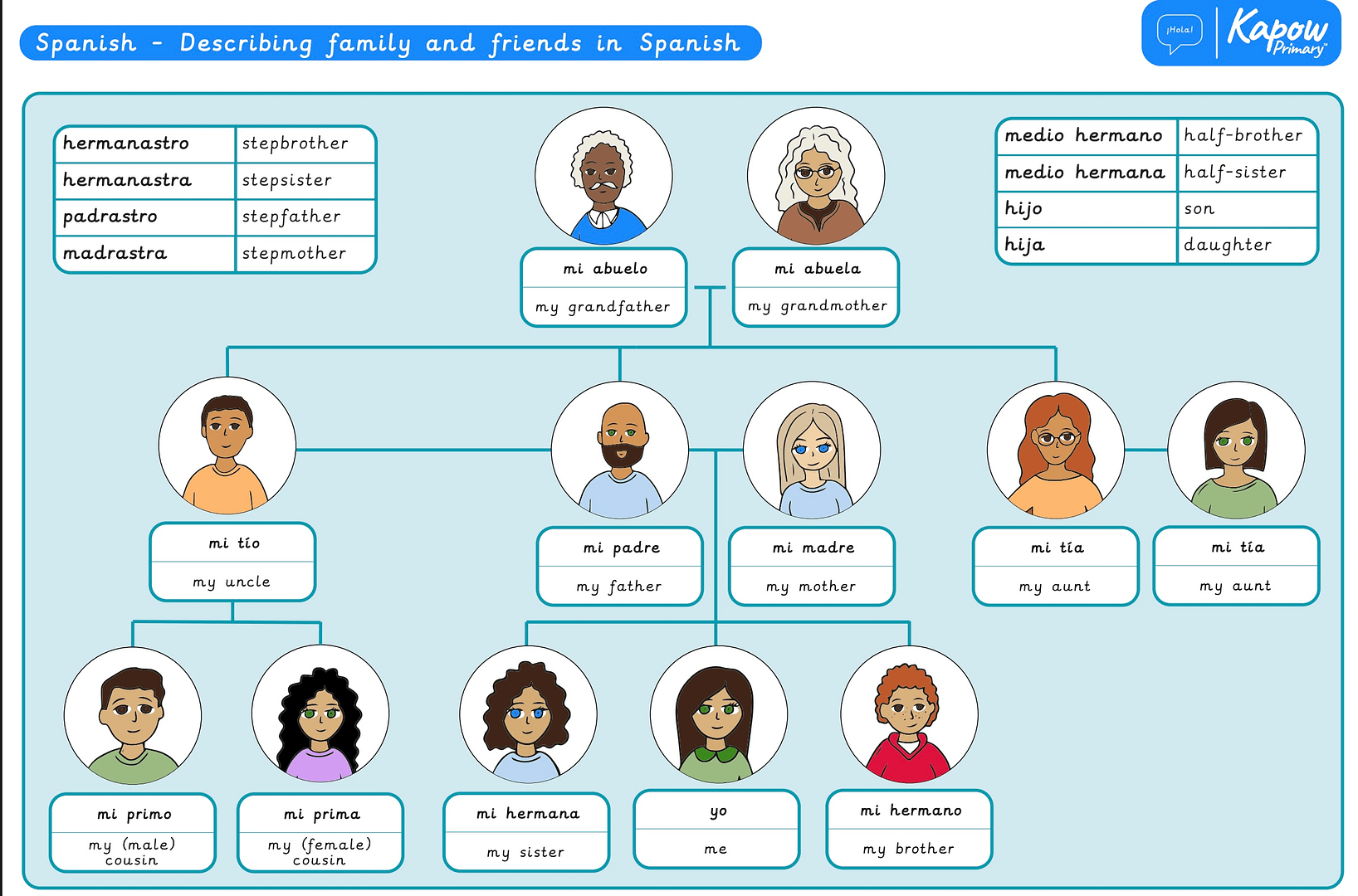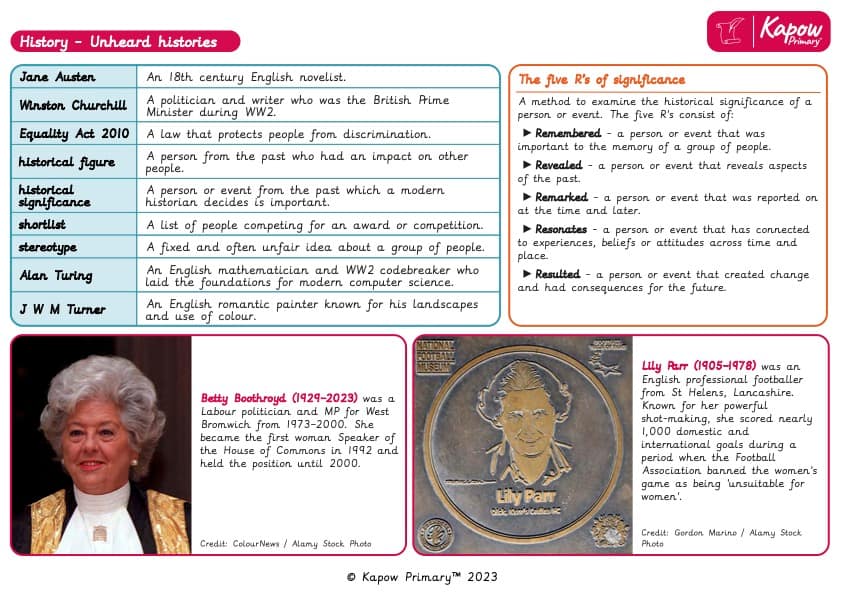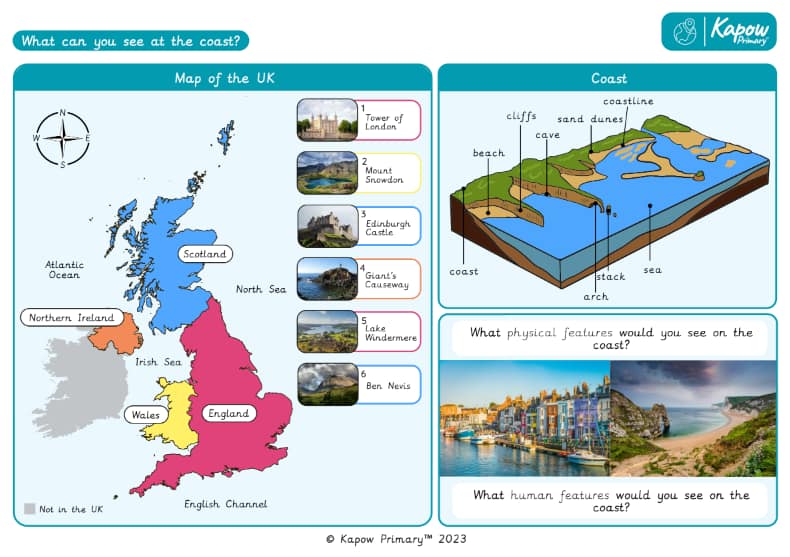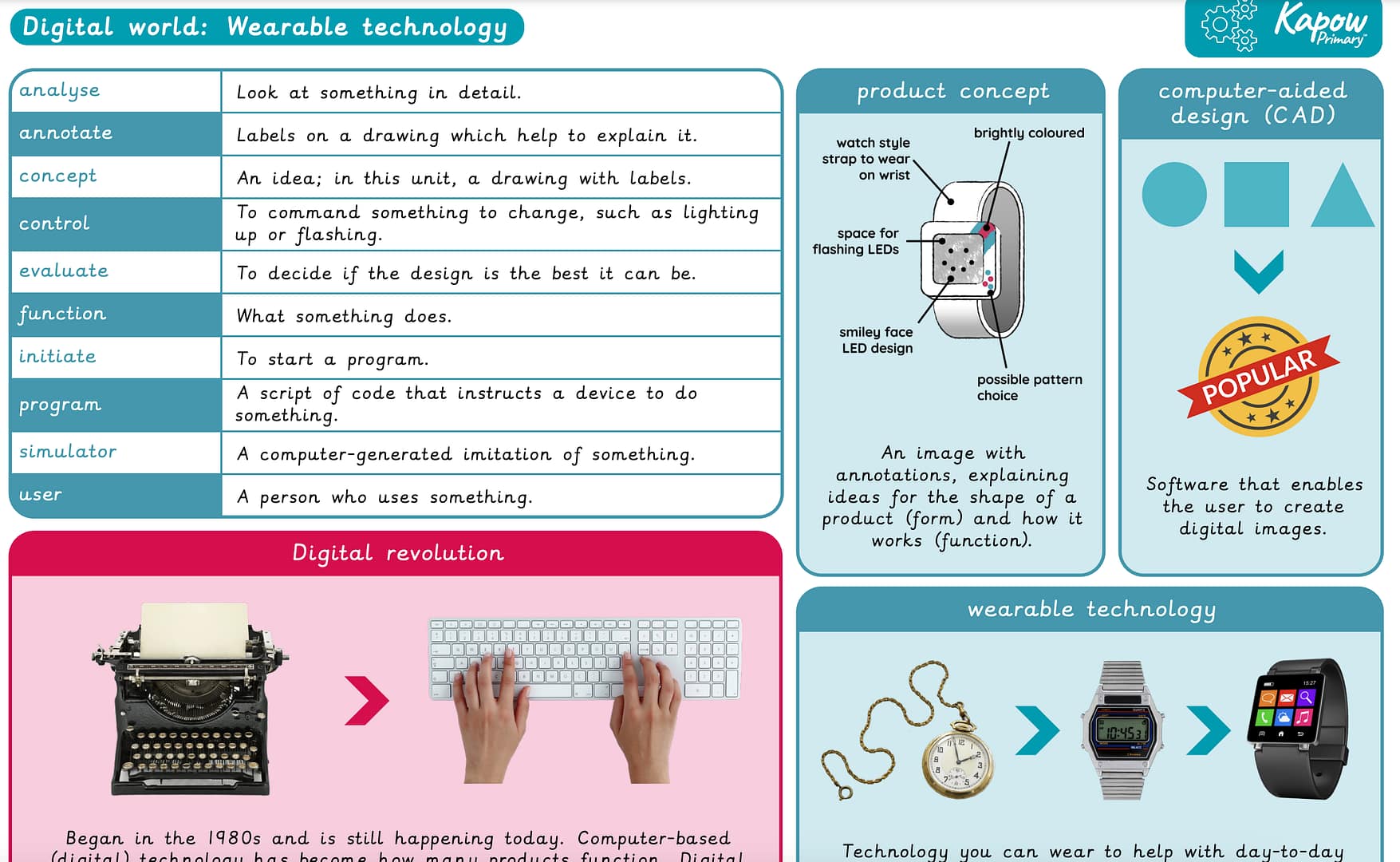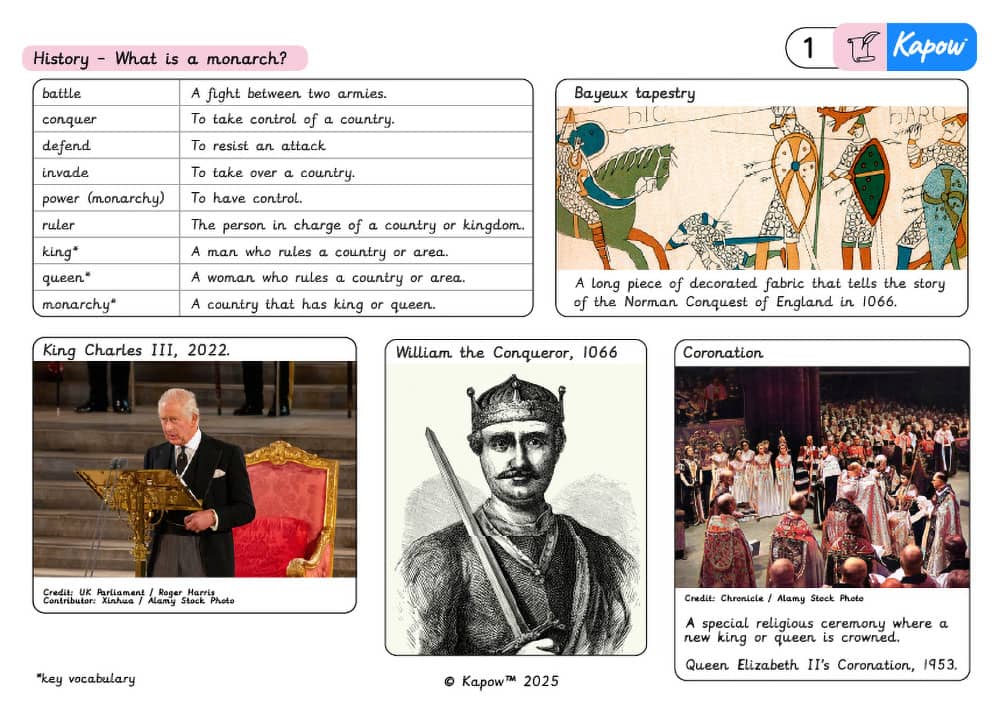Teaching resource: Knowledge organiser
Knowledge organiser – D&T Y4: Digital world: Mindful moments timer
Knowledge organiser: Spanish – Y4 Dates in Spanish
Knowledge organiser – Spanish: Pets in Spanish
A Knowledge organiser that captures the essential knowledge and skills learnt throughout the unit Spanish, Year 4, Pets in Spanish.
This Spanish resource is designed to support the pupils as they learn vocabulary and phrases related to pets. It introduces key vocabulary such as animal names, adjectives, colours, and phrases for describing pets, helping the pupils develop their Spanish-speaking, listening, and reading skills. The pupils will also learn how to ask and answer questions about pets, including their characteristics and preferences.
Knowledge organiser: Spanish – Describing family and friends
A Knowledge Organiser that captures the essential knowledge and skills learnt throughout the unit Spanish, Year 5, Describing friends and family.
This resource is designed to support pupils as they learn to describe family members and relationships in Spanish. It introduces key vocabulary for family roles (such as hermano, abuela, and primo) and extends understanding with terms for step- and half-relatives. Through illustrated family trees, pupils explore sentence structures used to describe people and relationships, including how to express sibling information and identify others using the question ¿Quién es? (Who is it?). The document also reinforces verb conjugations and subject pronouns in the present tense, helping pupils construct accurate sentences using me llamo, tengo, and vive. It provides an engaging foundation for confidently discussing personal relationships in Spanish.
Knowledge organiser – History Y6: Unheard histories: Who should go on the £10 banknote?
Knowledge organiser – Geography Y1/2 (A): What can you see at the coast?
A Knowledge organiser that captures the essential knowledge and skills learnt throughout the unit Geography, Year 1/2, Cycle A, What Can You See at the Coast?
This Geography resource is designed to support the pupils as they explore coastal environments and their key physical and human features. It introduces key vocabulary such as beach, cliff, harbour, tide, and erosion, helping the pupils understand how coastal landscapes are formed and how they change over time. The pupils will also learn about different coastal habitats, wildlife, and the impact of human activity on the coast.
Knowledge organiser – D&T Y3: Digital world: Wearable technology
A Knowledge organiser that captures the essential knowledge and skills learnt throughout the unit Design and Technology (D&T), Year 3, Wearable Technology.
This Design and Technology resource is designed to support the pupils as they explore the concept of wearable technology and its applications. It introduces key vocabulary such as circuit, sensor, input, output, and prototype, helping the pupils understand how technology is integrated into clothing and accessories to enhance functionality. The pupils will also learn about the design process, including planning, testing, and evaluating their own wearable technology ideas.
Knowledge organiser – History Y2: What is a monarch?
A Knowledge organiser that captures the essential knowledge and skills learnt throughout the Year 2 unit History, Y2, What is a monarch?
This History resource is designed to support children as they explore monarchy now and in the past. It highlights key vocabulary, features significant monarchs and includes images to show how castles changed over time. It is perfect for consolidating essential knowledge.

